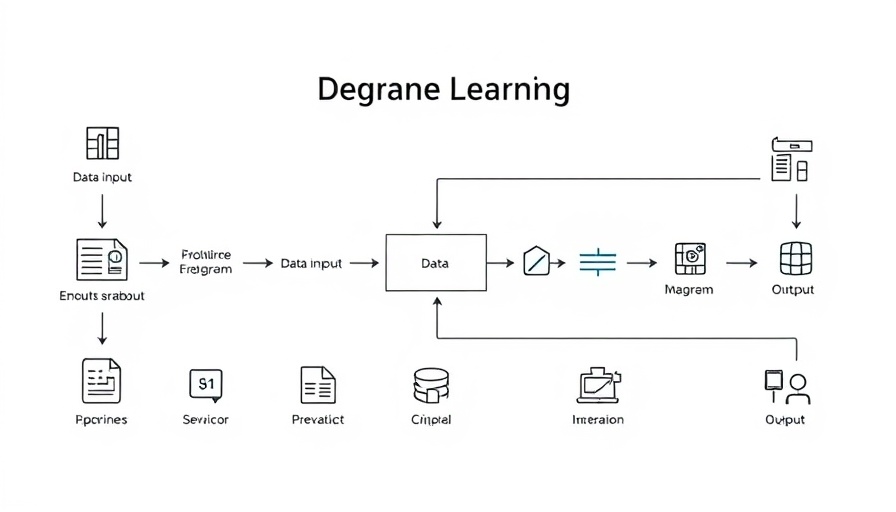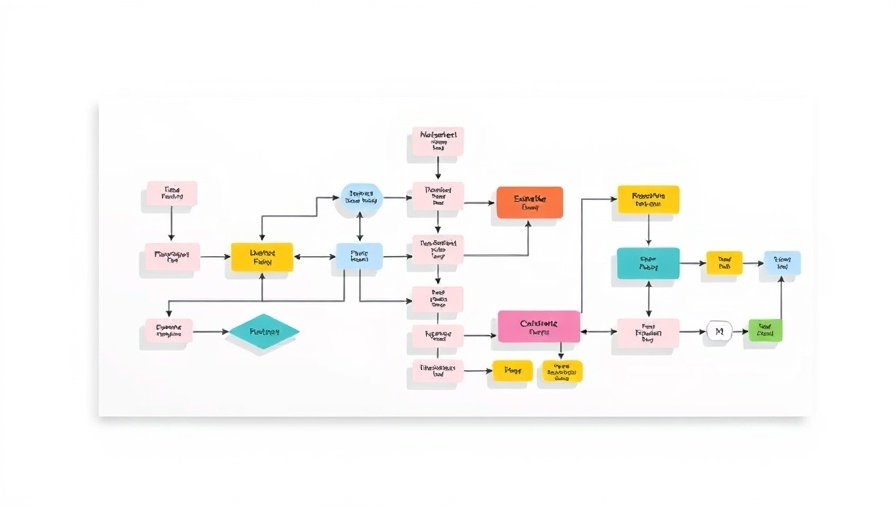
A New Era for Machine Learning Transparency
The advancements in machine learning (ML) have transformed how researchers approach complex problems across various fields, from healthcare to environmental science. However, despite its growth, one major challenge remains: the transparency and reproducibility of ML results. Jan van Rijn, the founder of the OpenML platform, aims to address these challenges by creating a space where researchers can share data, algorithms, and outcomes openly, fostering an open science dialogue that paves the way for better collaboration and innovation.
Understanding Machine Learning in Simple Terms
To appreciate the significance of platforms like OpenML, it's essential to grasp what machine learning entails. At its core, ML enables computer systems to learn from data patterns, similar to how humans learn from experiences. For example, an email filtering system identifies spam based on previous messages it has analyzed. This technology powers various applications, including facial recognition in security systems and tailored content recommendations on streaming services.
The Vision Behind OpenML
OpenML serves as a shared digital space where students and scientists alike can upload and access datasets, experiment with algorithms, and document experiments. As van Rijn states, the objective is to build a collaborative environment—akin to a Wikipedia for machine learning. By allowing users to engage with one another’s work, OpenML promotes not only transparency but also educational opportunities. The platform has already facilitated around 1,500 scientific publications, underscoring its growing impact on the research community.
The Importance of Transparency in Research
Transparency in machine learning is crucial for the credibility of scientific research. Van Rijn emphasizes that without standard practices for sharing data and results, the field risks losing its verifiability. Cultural variations within the scientific community also play a part; different research organizations have diverse methods of documenting and sharing their findings.
Future Trends: Making Machine Learning Accessible
While platforms like OpenML are leading the way towards a more transparent future, challenges still exist. Researchers often face hurdles when it comes to sharing their code and datasets, leading to the need for common standards. Yet van Rijn remains optimistic, believing that with time and concerted effort, these standards can be achieved. His vision for OpenML could potentially revolutionize how ML research is conducted, making it more inclusive and accessible to a wider audience.
Your Role in the Evolution of Machine Learning
As machine learning continues to evolve, it's vital for both budding scientists and seasoned researchers to engage with platforms that promote transparency. By participating in shared spaces like OpenML, you contribute to a growing body of open science that values reproducibility and collaboration. As the world becomes increasingly data-driven, your involvement in these initiatives can help shape the future landscape of technology.
 Add Row
Add Row  Add
Add 




Write A Comment